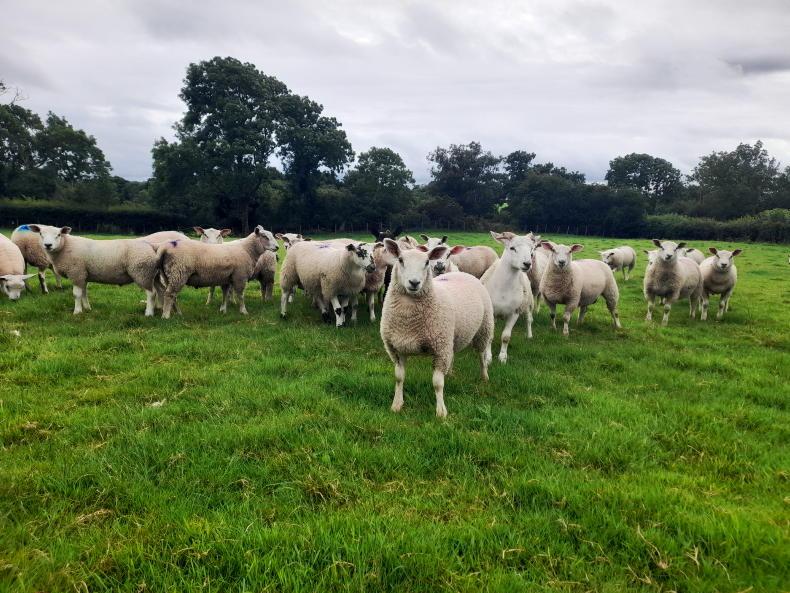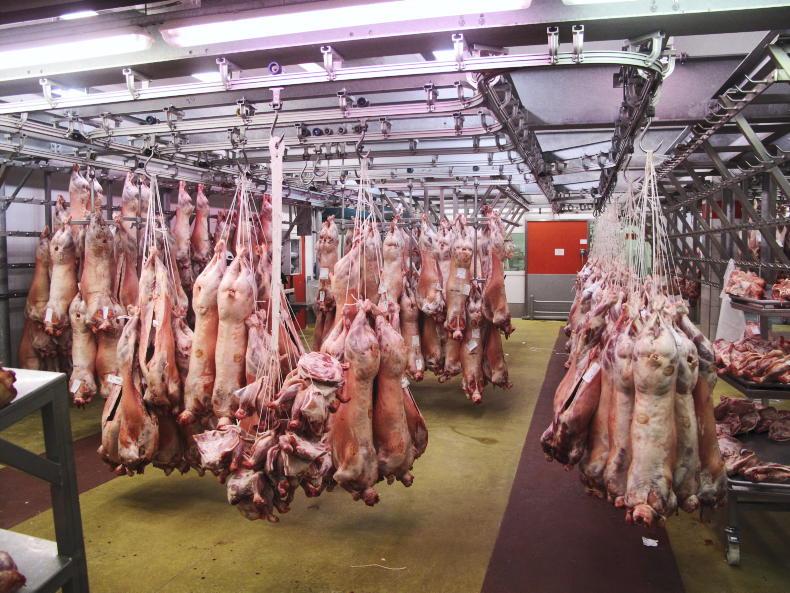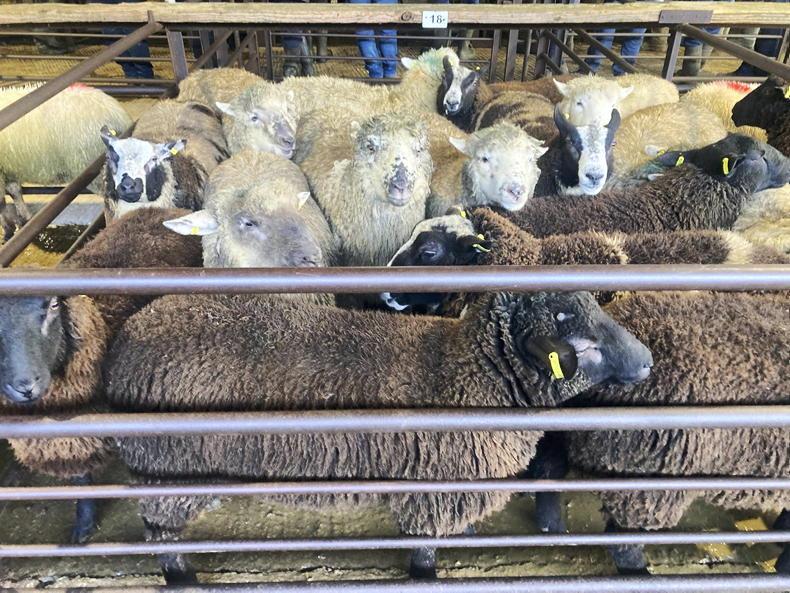The Department of Agriculture is warning sheep farmers that now is the peak time for lambs to become infected with nematodirosis, a severe parasitic disease of lambs.
Lambs can become infected by ingesting large numbers of infective larvae from grazing on contaminated pasture.
The maximum nematodirus egg hatching this year is expected to peak between 6 and 18 April, which is close to the normal period for egg hatching, due to the March 2022 average values being close to the long-term average of soil temperatures.
The Department has said the majority of the country will see maximum egg hatching around the second and third weeks of April, with the exception of the coastal fringes along the south, west and northwest coast, which will be earlier, with the peak in egg hatching expected at the end of March and in the early days of April.
Infection is characterised by profuse diarrhoea, dehydration and weight loss. In outbreak scenarios, lambs can be seen congregating around water troughs due to the severe thirst that develops. Adult sheep are unaffected by the parasite.
Treating lambs
At-risk lambs, typically those aged six to 12 weeks and grazing on contaminated pasture, should be treated approximately two weeks after the peak of nematodirus egg hatching, the Department advises.
However, it says consideration should be given to dosing lambs earlier on individual farms where clinical signs consistent with nematodirosis are observed, as the above treatment guidelines are based on estimated peak hatching of eggs.
Benzimidazoles, white drenches, are the treatment of choice for nematodirus infections and are effective against both larval and adult stages. However, the Department advises farmers to consult their vet for an accurate diagnosis and advice on appropriate medication when lambs with severe diarrhoea and straining are observed.










SHARING OPTIONS